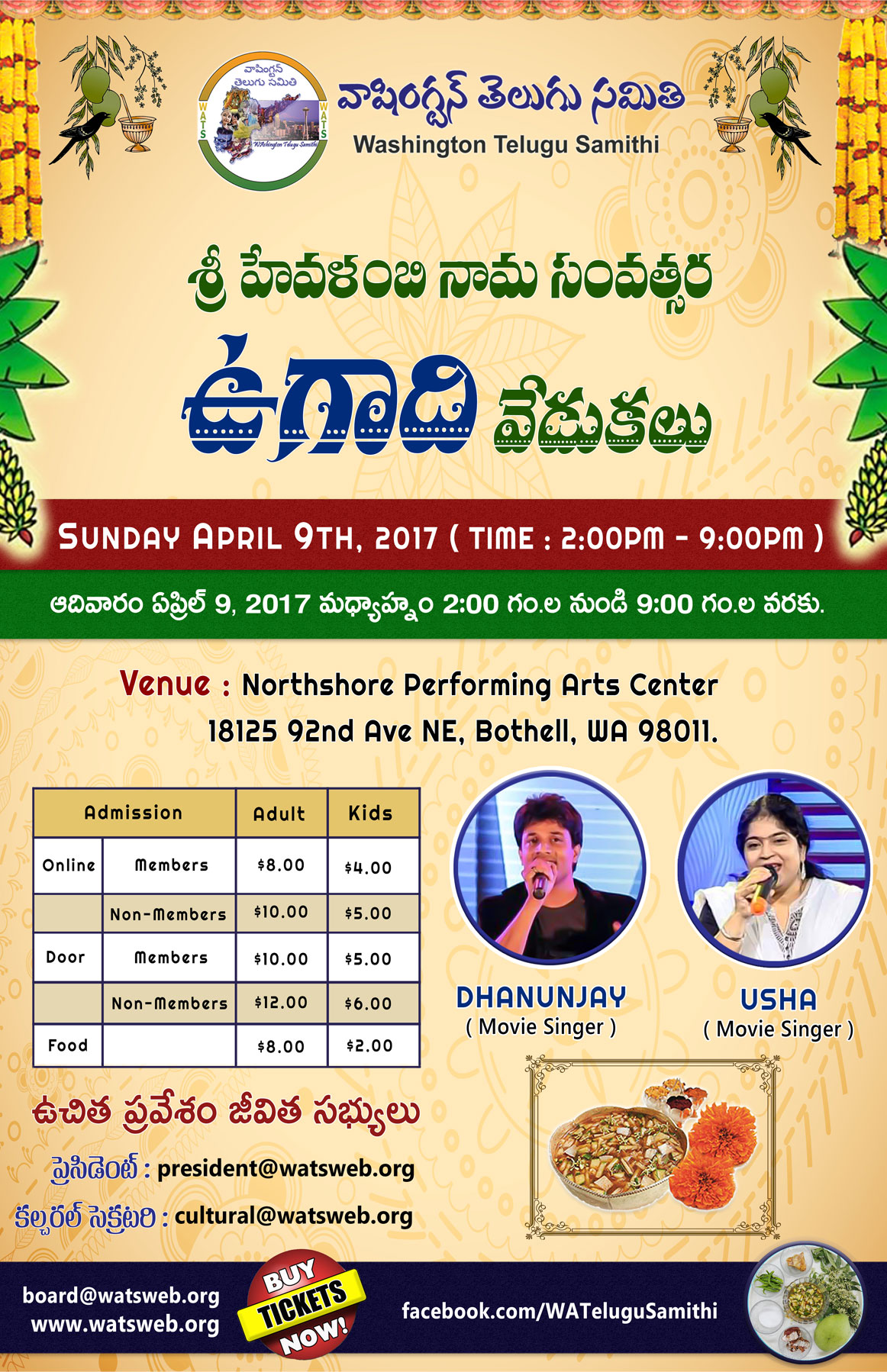

Incidentally wherever there are majority Telugu employees, Tamil employees and even some Chinese shopkeepers and Estate Managers who were Europeans could understand and even speak the Telugu language. The first generation of Telugus could only speak Telugu and it is not surprising to see them communicating in Telugu with Tamils and even Chinese shop keepers. We can confidently say that 99.9% of the first generation Telugus did not own a car or even a motor-cycle for their transport. Majority of the first generation Telugus depended on their two legs for or at best had bicycles to move from place to place. Almost all of first generation Telugus did not even have a radio for their listening pleasure. Their only entertainment for the first generations will be singing traditional Telugu bajans based on Ramadas Keertanas in small temples built in the estates. The first generation was very closely knit and their marriages took place amongst close cousins. A lot of them have lost their lives while working on this track. Some of the first generation Telugus had to undergo additional hardship having been forced to work on laying the railway track or the ‘Death Railway’ between Malaya and Thailand. Neither were there any schools to educate their children. The Telugus in the estates were receiving wages less than RM 10 per month. Their work involved clearing jungles to plant coconut plants or rubber plants. They had to use common areas for bathing and toilets. They were housed in long terraced houses with open space in the ground floor and one or two rooms on the first floor. Generally the first generation Telugus were quite disappointed with housing conditions, working hours, incomes and the nature of their work.

#Ugadi kavithalu in telugu 2013 full
As such their full allegiance was towards India and their relatives back home. The mind-set of these Telugus was to earn enough money and return home to their villages in Andhra.

Those who were educated too had only primary Telugu education which was useful for villagers to communicate with their folks in their villages back home in India. This is evidenced by Kapus settling in Kuala Perak Estates (25th Mile), Bagan Datoh II, Kuala Bernam Estate, Teluk Buloh Estate, Strathmashie, Spynie, Gomali, Scarborough Estate, the Velamas in Kuala Perak Estate (21st mile), Bagan Pasir Estate, Torkington Estate and the Gavaras settling in Bagan Datoh Estate, Blenhiem Estate, Pelam Estate and Waterfall Estate.Īlmost 99 % of the Telugus who came to work in the plantations were illiterates and as such they had to settle for low wage employment. It is interesting to note that the settlement pattern is almost like resettling a village in Andhra to an estate in Malaysia. Most of the Telugu population settled in estates around Kedah, Perak, Selangor, Negeri Sembilan and Johore' They had to travel form Vizag port by ship for 7 days to reach the West Coast of peninsular Malaysia. It is evident that the Kanganies found it easier to convince their own relatives or people of their own-caste or village to travel thousands of miles, beyond wide seas for their livelihood. Most migration of these Telugus took place under the ‘Kangany or the Thandelu System’ where the British planters sent the Kanganies to their respective villages to recruit the work-force for which they were compensated. It is also interesting to note that some of the Telugus who decided to migrate to Malaysia were those who had working experience in either South Africa or Burma. Most of the Telugus were from villages surrounding Vishakapatnam, Anakapalli, Srikakulam, and Vijayanagaram. The poor economic conditions at home also acted as a push factor for Telugus from the port town of Vishakapatnam, to seek for greener pastures. The British targeted India for their workforce as it was administratively easier to get the required man-power from a British territory. The second and perhaps the largest migration took place from 1895 to 1950 with the opening of plantations by the British in Malaya and their need for work-force to develop their plantations.


 0 kommentar(er)
0 kommentar(er)
